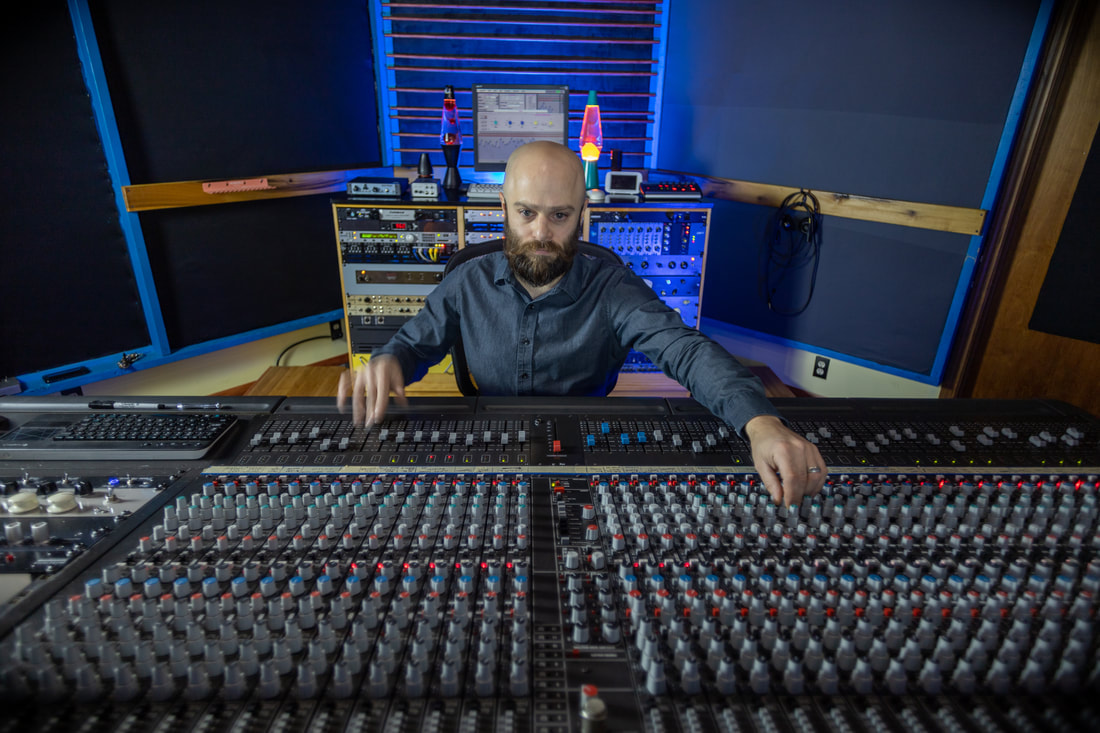|
(Above center) I got a great deal on a Wurlitzer 140 electric piano. This particular model was made between 1963-1971. The reason why the deal was great was because the piano didn't work and the seller wasn't sure why. Turns out the amp was shot and needed a serious overhaul. I did some research and talked to Max over at the Chicago Electric Piano Co. who helped me out tremendously by providing schematics. The 140 amplifier is old school solid state, dating from a time when transistors were new on the market and Germanium was the dominant style. Max informed me the 140 is a good Wurlitzer electric piano, but the 140B has a more desirable sound for most and the 145 is a vacuum tube version that is also nicer sounding than the 140 I have. The main difference between these different versions is the amplifier. After Max learned about Lightning Boy Audio and my obsession with vacuum tubes, he sent over a schematic for the 145. I looked it over and realized this is relatively simple, given the right parts. The main thing I realized about all the amplifiers is they have one primary job, which is to power the internal speaker. A tremolo effect was also part of the amplifier. Not all Wurlitzer models had built in tremolo, but this one did.
After going over the schematic for the 145 I decided the amplifier was really not necessary since the internal speaker is one of those crappy 6x9 car speakers. All I wanted was a way to get a regular instrument-level output like on an electric guitar so I could run the Wurly into a DI box or external tube amp, also through FX pedals. My main concern was having a really low noise output, which proved to be more difficult than expected. The Wurlitzer electric pianos have a big pickup that detects the vibrations of metal reeds and converts it to electrical signals through an electro-static pickup system that's similar in ways to how a condenser microphone works. The electro-static pickup is much different from the pickups in a guitar in that they require DC voltage to operate... a whopping 180 volts! I was informed by Max that a well regulated power supply is needed. I found out the hard way why that is. If the power supply is not insanely well regulated the piano's audio will be noisy. I went all out and built the most extremely well regulated 180v supply I could. I even hand-wound my own power choke (inductor), which makes up a part of the complicated power supply. The supply has neon regulator tubes, and tons of filter caps, but also has a thermal relay tube and a 6CA4 rectifier tube. That connects to the pickup to power it. The signal gets split off the pickup and runs through a coupling cap to block the high voltage DC, sending only the audio portion to a 1/4" instrument output on the front panel. I put a switch on the front panel to toggle between the stock coupling cap value or a much larger one. The two coupling caps offer different voicings for the piano. The stock value is the typical Wurlitzer 145 sound, while the larger value creates beefier bass tones. My power supply took some tweaking to get it to where it is now, which is very low noise. For comparison to electric guitar, it has about as much noise as a humbucker pickup. Yesterday I had local piano tech, Mike Stevens, stop out to give the Wurly a good inspection. He adjusted the action to get every key feeling like new. Mike informed me everything looks great. All the felts are in excellent condition and the hammers look almost new. The guy I bought it off of said the piano was refurbished about 8 years ago. It feels and sounds great now. Hooked up to an Ampeg B-15-N, the Wurlitzer sounds super cool and inspiring. Its just plain awesome. I can't wait to track DI with it.
0 Comments
Just got back from a road trip that took me to the AES convention in NYC and ended with a stop off in Franklin, NY to pick up a Wurlitzer 140 from 1971. If you never heard of the 140, you probably have heard it. That was the keyboard of choice for Ray Charles, it was used by Beck, Super Tramp and a ton of others. Many consider it to be more appropriate for Rock music than the Fender Rhodes due to its slightly more distorted sound and more up-front tone.
I have to do a lot of work to this guy. I have a piano tech coming by in a few days to set up the action and replace the felts, etc. I'm planning to get a different amplifier for it (I really want a 145 amp, which is vacuum tube powered). The speaker was not working, but I already fixed that. Soon enough this will be one badass mofo! On a less impressive note, but equally as cool (for some)... I also picked up a 1970's Foosball table for the studio! Its cleaned and set up in the upstairs lounge, where it looks perfectly at home next to the gaming consoles. The lounge has some nice new furniture in it, as well as a flat panel TV for the NES and XBox 360. Video tour of the studio coming soon :) |
Details
AuthorMike Congilosi II, Producer and founder of Lightning Boy Audio shares occasional snippets of whats going on in the studio. Archives
March 2025
Categories |



 RSS Feed
RSS Feed